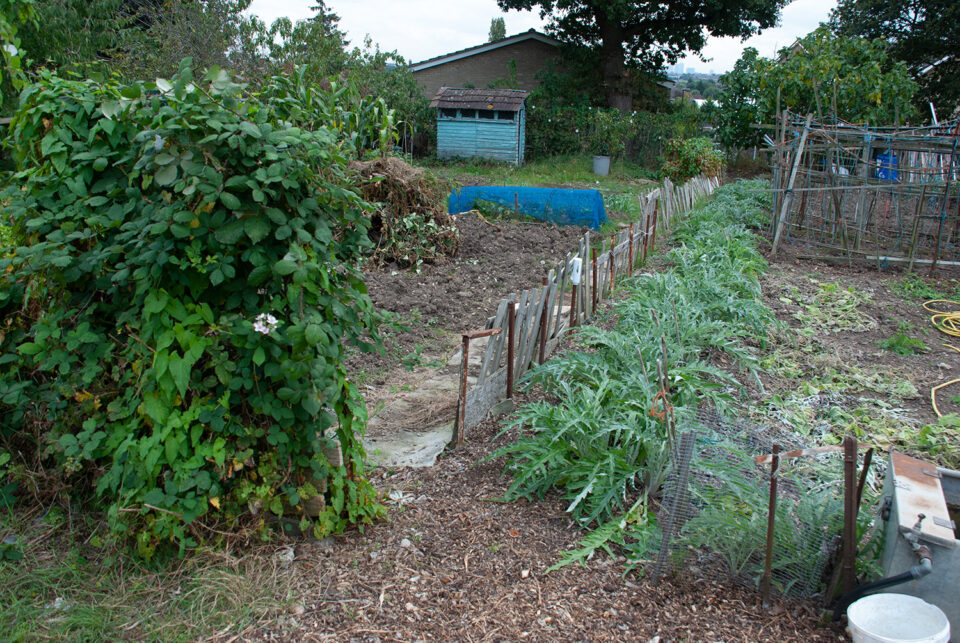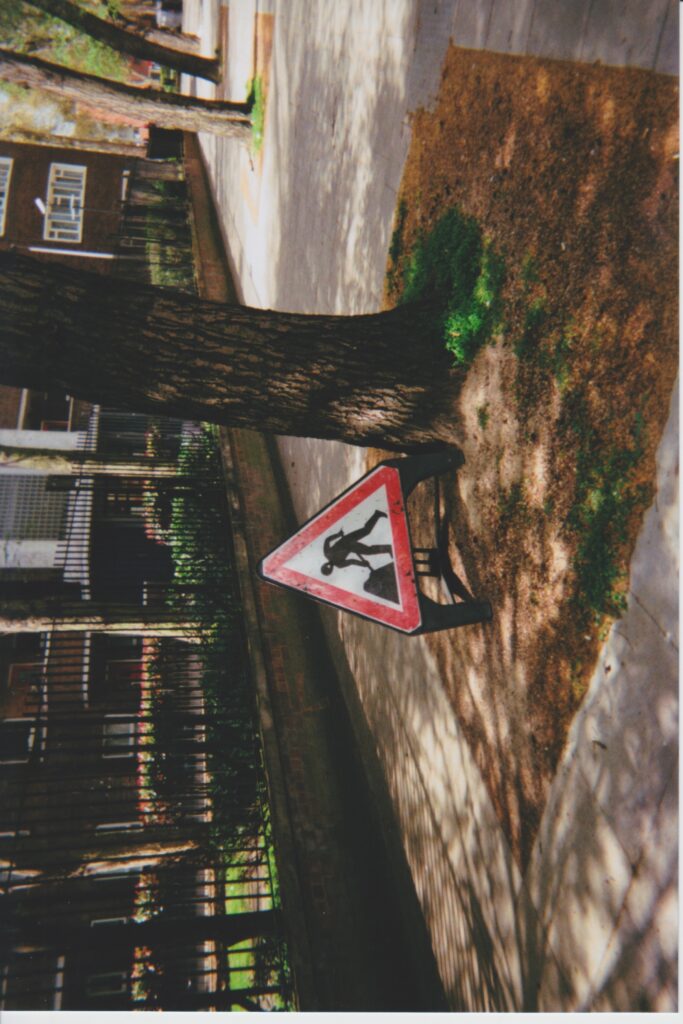An extra slice? Yes, an extra slice. This is perhaps an odd thing to write in this blog, but I genuinely think An Extra Slice: The Great British Bake Off is one of the best and hilariously entertaining tv-formats of this decade. I belief it is better than the bake-off itself. The programme somehow manages to take the Bake Off competition very serious whilst also ridiculing it to the extreme. As so many have remarked, this season’s Bake Off has been for viewers a safe haven in times of crisis, a soothing bath amongst the distress caused by Covid-19. But it is an An Extra Slice that I want to praise here.
Whilst looking back at what has happened in the ‘tent’ this week, An Extra Slice’s combination of the rich textures of Jo Brand’s voice and Tom Allen’s rapid innuendo create an intoxicating house room atmosphere that moves between the poles of admiration for the baker’s achievements and pushing the silliness of it all. I think this heady mix manages to both valorise the baking competition, but also call it into question. In some ways, the tv makers continuously shout at you: ‘hey, this is just a game’, and precisely because they are doing that, the viewer can be dragged along into the baking mania.
There is another reason that I enjoy this program, because I also read it as an unintended satire on the self-referential media landscape that we inhabit daily. With items such as ‘show us your bake’ and the repackaging of the baking events of this week, it takes a baking competition so serious that it becomes silly. An Extra Slice looks back at itself, it practices navel gazing, uses the audience’ bakes to further sweeten it up, cuts up small film fragments and perpetually loops them, and in doing so, it pushes the idea of self-reference so far that I have to laugh out loud! TV-makers probably call this ‘creating a conversation around your program’. This self-referentiality is best illustrated by the ‘showstopper’ exercise of this season’s Great Britain’s Bake-Off final episode. The contestants were asked to bake, as the Guardian put it in their live feed: ‘a colossal dessert tower, showcasing their Bake Off experience’. In other words, the bakers had to bake several bakes that looked back at their experience of baking for the tv-program GBBO. And then, as the cherry on the cake, An Extra Slice looked back on the bakers baking several bakes that looked back at their experience of baking for the tv-program GBBO. Are you still with me? Let’s just say, they were pushing it a bit in the final episode.
Ok. This is a very strange, and convoluted way to arriving at what I actually wanted to write about. But hey, this is a blog, not a carefully put together peer-reviewed article. I will take a risky jump now and think about slices slightly differently. Dear reader, please put the cake slices aside for a moment, and instead think about photographs as slices in time and space. Photo cameras can be understood as machines that enable us to cut artificial slices out of space-time, freezing a moment, allowing us to look anew at that space-time-slice. Photography is a key part of my research practice, and in the spirit of self-reference, I want to share with you two recent articles that I have written on the topic. An Extra Slice, so to say…
As my colleague Nicole Lotz shared with you in a blogpost last month, the Open Arts Journal has published a special issue called ‘Art History and Design in Dialogue: Abutments and Confluences’. I contributed an article to this special issue in which I discuss the ‘shooting script’ as a particular visual method and highlight its potential for design and social science researchers to analyse urban spaces. A ‘shooting script’ contains a set of research questions – informed by a theoretical discussion – that shapes and guides the photography in the field, which is combined with an iterative ‘open-coding’ process of the images made.
In the article ‘Seeing Patterns on the Ground: Reflections on Field-based Photography’, I revisit my research process with a photo camera, and annotate images of allotment, community and guerrilla gardens in London. These annotated images evidence the potential of this visual methodology – when triangulated with participant observation and interviews – for analysing the distinctive patterning on the ground produced by gardeners and drawing out the ambiguities involved in their spatial boundary-making practices. In other words, the revisiting of these slices allowed me to reconceptualise these particular urban spaces as permeable and always in the making, instead of seeing these spaces as clearly delineated, bounded and fixed entities.

In the paper, I spend some time discussing how the shooting script structures the research process, it influences what ends up within the ‘frame’, what practices are rendered visible, and provides a base for rigorous analysis. But I also argue that the notion of a ‘script’ might be too rigidly interpreted, and I propose instead to nurture an openness towards the accidental and contingent in fieldwork and analysis. In qualitative research, and in ethnography studies in particular, the degree of structuring the research process whilst remaining open to things that come up in the field is a returning dilemma. Throughout each research process, and perhaps also design process, we oscillate between loosening and tightening, opening up and narrowing down, but it depends on the particular research question and subject what approach is most suited. To return to the Bake Off terminology, the shooting script can be thought of here as a detailed, continuously rewritten recipe for research with a photo camera. This reminds me of my colleague Derek Jones’ co-edited volume BITE: Recipes for Remarkable Research, which very nicely works with this notion of the recipe as a guide for research.
Different cakes require different recipes, and thus, when one is thinking through cities with images different research questions and subjects requires different ways of using a photo camera. I want to demonstrate this by referring to a paper I published last year in Roadsides called ‘Picturing Diversions: The Work/Play of Walking on London Pavements’. Rather than deploying a clearly defined and delineated shooting script, this research was a by-product of my daily commute to the British Library—each time I felt diverted whilst walking in London I would take a photograph. The paper starts like this:
‘Walking in London often involves an involuntary encounter with the message ‘improving the image of construction’ attached to a building-site hoarding. Yet, these hoardings do not only confine the building works and ‘protect’ the public from potential hazards, they also divert the pedestrian’s path. One encounters a work-in-progress site, but work for whom? And who, in turn, has to process this work? This photo essay documents my journeys to work, and comments on the work of navigating the pavement as my walking rhythm was interrupted by roadworks, building works and waste products. It also introduces another sort of diversion, that of the notion of playfulness as one encounters the rich material world of the pavement. What follows is an auto-ethnographic account that presents a critical reading and re-reading of the pavement – an infrastructure that was introduced in London in the eighteenth century, and that signifies urban modernity and with it the constitution of ‘new versions of the public sphere’ (Ogborn 2000: 176).

Whereas in my research on urban gardens I dragged a digital reflex camera along, for this particular project I put a disposable camera in the pocket of my coat. This different technology aligned neatly with the idea of being on a journey. The disposable camera is most commonly associated with making holiday snaps, yet I turned its plastic lens towards the everyday environment of the London pavement. Contrary to executing a preconfigured research plan, I sharpened my ‘peripheral vision’ on these walks in London, and slowly, but surely, a personal archive of pavement diversions was accumulated. My approach was very much informed by cultivating an openness towards chance, rather than straightjacketing my data collection, as I thought the research topic of pavement perceptions and urban fragmentation could best be understood by this sensitivity towards contingency.
The idea of peripheral vision I derive from an essay I read recently by Bettina Stoetzer in the edited volume The Botanical City. She argues that for the study of the urban dispersal of the ‘Tree of Heaven’, a different research approach is needed:
‘Above all, as a fugitive of Europe’s landscaping practices, Ailanthus requires us to sharpen our peripheral vision: emerging by chance, these trees easily escape structured observation. You never know exactly where to find them. An analytic that tracks ruderal ecologies in the city can therefore cultivate modes of attention that utilize chance and gleaning as a practice of social inquiry rather than focusing on bounded units, predictable political economies, and coherency.’ (Stoetzer, 2020, P. 88)
And with that quote, I take the cake out of the oven. Dear reader, thank you for tagging along on this strange self-referential ramble through cake slices and urban fragments. I hope you enjoyed it. What I tried to bring across is that there are multiple uses of a photo camera in urban and design research, and that the ways in which we structure and open up our research process shapes our research outcome. Shortly before the festive period, I wanted to evoke an element of play that can be an important part of the serious academic work we perform. Now, sit back, and enjoy your extra slice!

Leave a Reply